Overview
Size
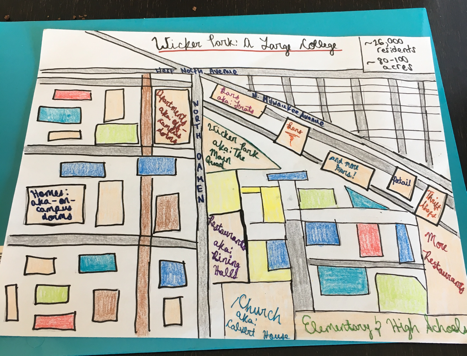
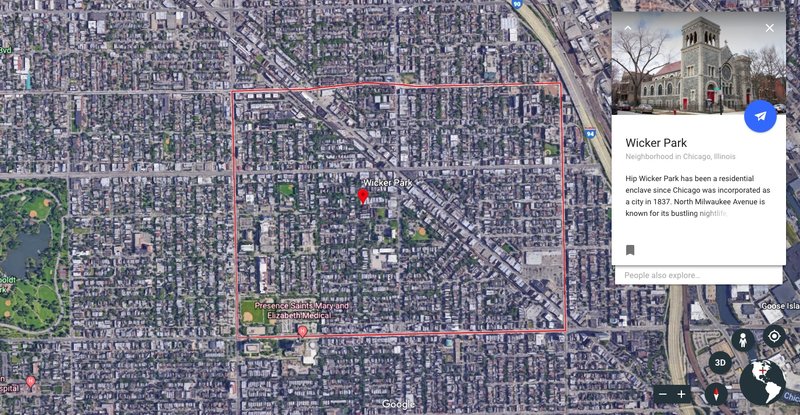
Wicker Park has a population of 26,164 residents, with a population density of 27,322 people per square mile. Also, the area of Wicker Park is 0.958 square miles. With this in mind, above is an illustration of Wicker Park as compared to a large public college.
Identity
Wicker Park, with its conception in the 19th century, has grown to be known as one of the nation’s hippest neighborhoods, attracting a sense of community for young and old through the establishment of various restaurants, vintage thrift shops, commercial retail stores, bars, and many other institutions. In my opinion, Wicker Park does indeed have a coherence to it, as much of the neighborhood seems to stem from the congealing forces of main streets such as Milwaukee, Division, Damen, and North Avenues, which are all bustling with a number of businesses that gives the neighborhood a sense of identity. Just a few shop names that hint at the hip, trendy, and modern identity of the neighborhood include: The 606, Alliance Bakery, The Anthem, Blue Line, The Hideout, and Reckless Records.
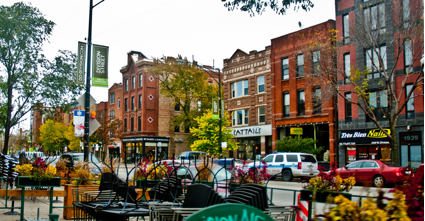
While I explored Wicker Park, these were just a few institutions that stood out to me as proving the à la mode nature of the neighborhood, while still preserving its roots in some of the old school throwbacks. For example, I found that The 606 on North Milwaukee Avenue is an elevated green trail that sits above four neighborhoods that runs along the Bloomingdale Trail, which buttresses a collection of larger parks and trails called The 606; this is how the park and trail system was given its name (The 606). Another example of a shop name aiding in supplying identity to the neighborhood is The Blue Line Lounge and Grill on North Damen Avenue. It is called The Blue Line because it is situated right under the Damen Blue Line CTA “L” stop. The atmosphere of the restaurant has said to be one that emulates the jazz era of the 50’s, adding to the dynamic, fluid nature of the neighborhood (Blue Line). One final example of store signs amplifying the identity of the neighborhood is The Hideout, a famous music and performance venue. The Hideout is said to be a home for individuals who “just don’t fit in, or just don’t want to fit in (The Hideout). The Hideout was given its name from those who created it in the latter parts of the 19th century - undocumented workers who were “hiding out” (The Hideout). One can understand the nature of Wicker Park that works to bridge the gap between old and new, tradition and change. Moreover, the actual Wicker Park located in the West Town Community Area on North Damen Avenue provides a meeting point for residents of not only Wicker Park, but surrounding areas as well, to enjoy social interaction indoors and in the outdoor park. Also, Wicker Park celebrates its identity through the remainder of the Wicker Park signs seen on some corner streets, which serve to remind individuals of the neighborhood’s diversity, as the signs are in English, Polish, and Spanish to celebrate its American, Polish, and Puerto Rican heritage.
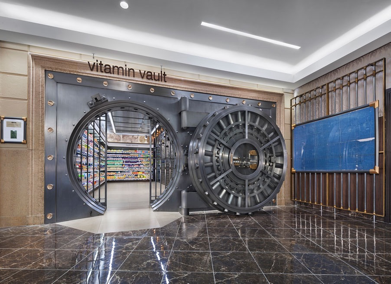
In addition, I observed that Wicker Park makes sense in terms of its delineation in that the most popular aforementioned streets seemed to act as the unifying factors that bounded Wicker Park from surrounding areas such as Bucktown, Humboldt Park, and Ukrainian Village. Though the boundary lines between Wicker Park and Bucktown have been debated, I found that Milwaukee Avenue acted as a bridge between the traditional, classic Bucktown and the up-and-coming, hipster Wicker Park. For example, just walking along Milwaukee Avenue, I stopped into vintage thrift shops, and asked others where they had lived, and several older folks did indeed indicate Bucktown. However, I also stopped into the local Urban Outfitters, and most if not all individuals said they were from Wicker Park. Also, Wicker Park plays a role as a conglomerate of smaller neighborhoods, as though these streets delineate the neighborhood, they do not hinder people from surrounding neighborhoods from entering and exploring, as many individuals I asked in Wicker Park were from surrounding neighborhoods like East Village and Noble Square.
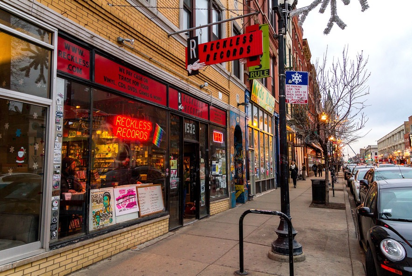

Layers

Aldermanic wards of Wicker Park are depicted above. Wicker Park is part of 3 aldermanic wards: 1, 2, and 26.
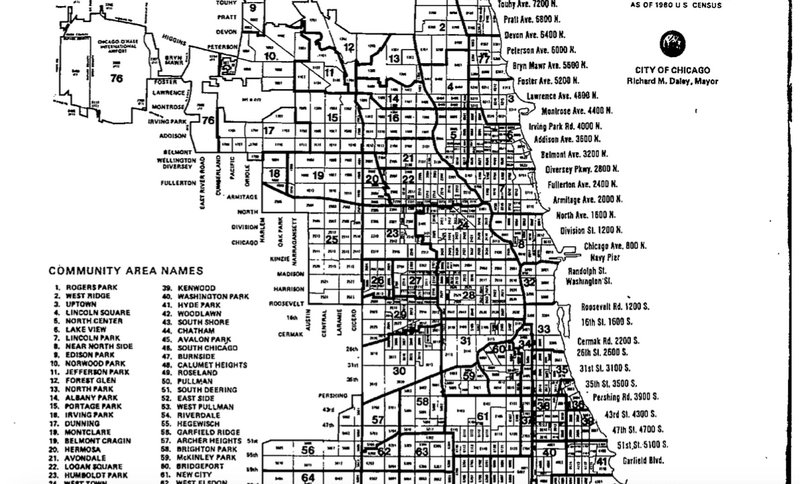
26 census tracts fall within Wicker Park.

Diagram
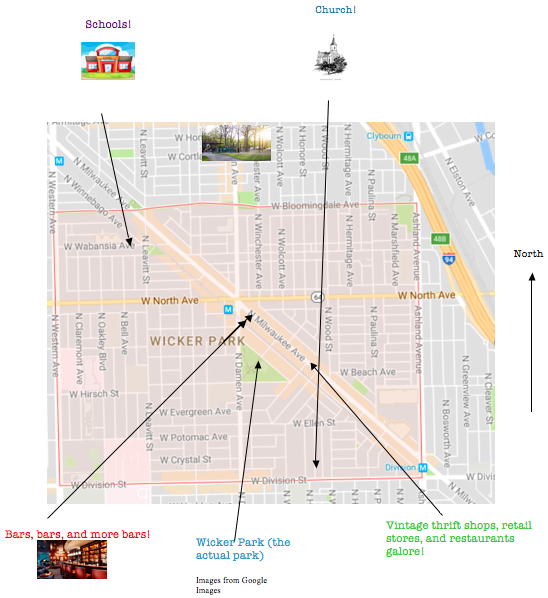
History
Wicker Park, situated within West Town, is home to approximately 26,000 residents (Wicker Park Demographics and Statistics), and is known for being one of Chicago’s breeding grounds for up-and-coming trends, illuminating a “hipster vibe” to all who reside and visit there. During the late 19th century, in 1868, the Chicago Board of Public Works declared that it had intentions to build a recreational park west of Milwaukee Avenue and south of North Avenue. Present at this announcement were Charles and Joel Wicker, who, in 1870, bought 80 acres of land along Milwaukee Avenue, designating 4 to the actual park, and began the conception of Wicker Park, giving the area its name. Due to the Great Chicago Fire of 1871, several Germans, Norwegians, and Scandinavians moved to Wicker Park in the hopes of rebuilding their homes and beginning new lives in the area (Wicker Park, Encyclopedia of Chicago). Towards the end of the 19th century, the area submerged into the neighboring Polish Downtown, and soon in the early 1900’s, immigration of Polish individuals gave rise to a growing population of Wicker Park though the 1950’s (Wicker Park, Encyclopedia of Chicago). After this period, Wicker Park saw a great migration of individuals from Puerto Rico, which now began to constitute a substantial proportion of the population as well (Wicker Park, Encyclopedia of Chicago). Today, the neighborhood has seen massive improvements in architecture, with the addition of new restaurants, bars and pubs, retail shops, and several other hubs due to the workings of gentrification.
To a large degree, it can be noted that Wicker Park is a planned neighborhood that came to be due to unplanned waves of events in Chicago. Some deliberately designed aspects in the neighborhood are quite apparent. For example, from its very conception the plan was to build a neighborhood that would stem from an outdoor green park with indoor recreational facilities that would be in close proximity of two bustling, busy main streets, attracting residents of different areas together and diversifying the section. Also, in the 1960’s, Wicker Park gained support and recognition by Chicago’s urban renewal plans, and with this, many small factories closed down, causing a noticeable shift in manufacturing to metropolitan services. Again, towards the latter half of the 19th century, groups of more affluent individuals from, for instance, the Northwest Community Organization, aided in supplying reasonably priced housing, and with the construction of the Kennedy Expressway completed in 1960, a new ripple of people shifted into the neighborhood (Wicker Park, Encyclopedia of Chicago).
However, though Wicker Park appears to be a planned neighborhood, it can be said that it arose from a few spontaneous acts. For example, the Chicago Fire was due to a barn fire, and the birth of Wicker Park could not have been predicted from this natural event. Also, the reasons that Wicker Park developed in this way can be attributed to quite random, unpredictable events that resulted from the fire, including a new wave of migration from Poland, Germany, Puerto Rico, and other nations. In Henry Binford’s piece Multi-Centered Chicago, the author notes that today’s Chicago is the result of five phases of events, one of them being migrants and community building (Binford 47). It is evident that Wicker Park developed from immigration of groups of people from different countries, and this overall migration contributed to a larger, more diverse cultural fabric of the city. Another one of Binford's phases that spurred the creation of Wicker Park is elite community development, as can be seen through the numerous projects undertaken by community groups and individuals to create and maintain the neighborhood (Binford 53). For example, the neighborhood once again was built primarily from the generous purchase of the Wicker brothers, and towards the later parts of the 20th century, the neighborhood saw efforts from wealthier community leaders after the Great Depression to take advantage of new money and resources such as the Kennedy Expressway to expand (Expressways, Encyclopedia of Chicago). With this in mind, though Winford’s five phases may not have included other events that could give rise to neighborhoods, at least two of his phases are definite causes of the advent of Wicker Park, as the metamorphosis of an industrial, railroad suburb to a hip, modern neighborhood of recreation and invention can be observed throughout the history of Wicker Park.
Works Cited
Wicker Park, www.encyclopedia.chicagohistory.org/pages/2159.html.
Expressways, www.encyclopedia.chicagohistory.org/pages/440.html.
“Blue Line.” English, www.choosechicago.com/listing/blue-line/48769/.
“The 606.” English, www.choosechicago.com/listing/the-606/55566/.
“The Hideout.” English, www.choosechicago.com/listing/the-hideout/54266/.
“Weinberg College of Arts & Sciences.” Henry C. Winford: Department of History - Northwestern University, www.history.northwestern.edu/people/faculty/core-faculty/henry-c-binford.html.
“Wicker Park Demographics and Statistics.” Niche, www.niche.com/places-to-live/n/wicker-park-chicago-il/residents/.
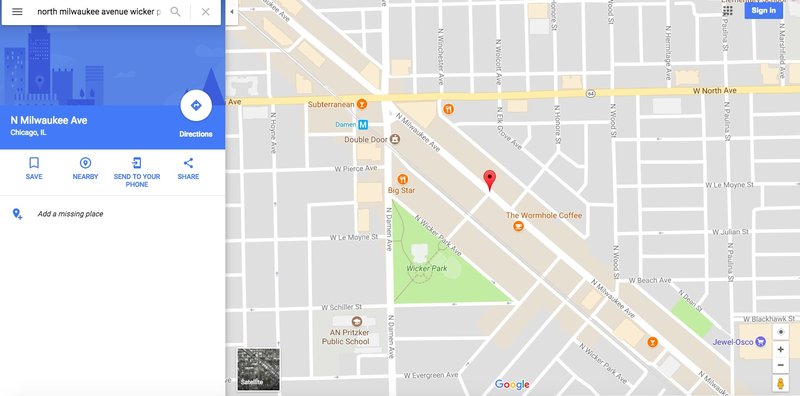
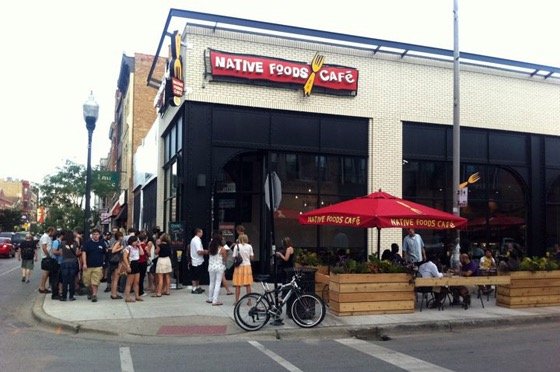
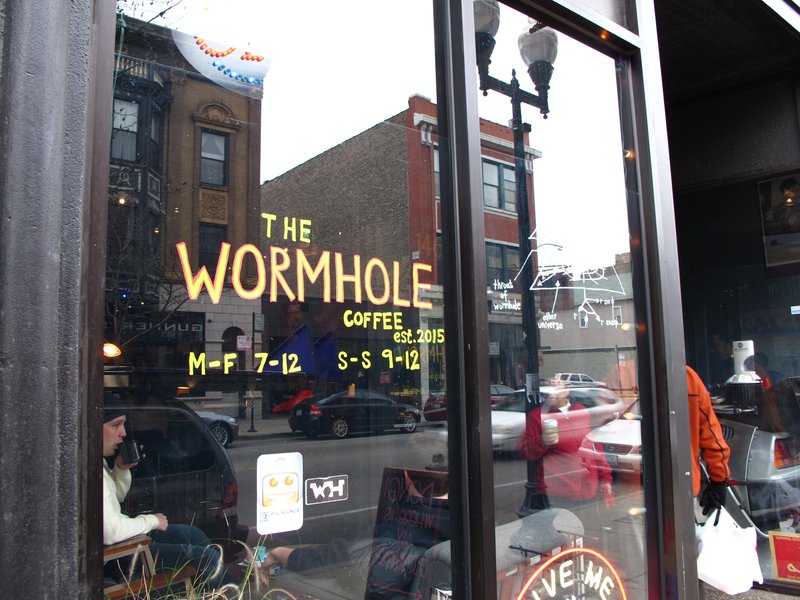
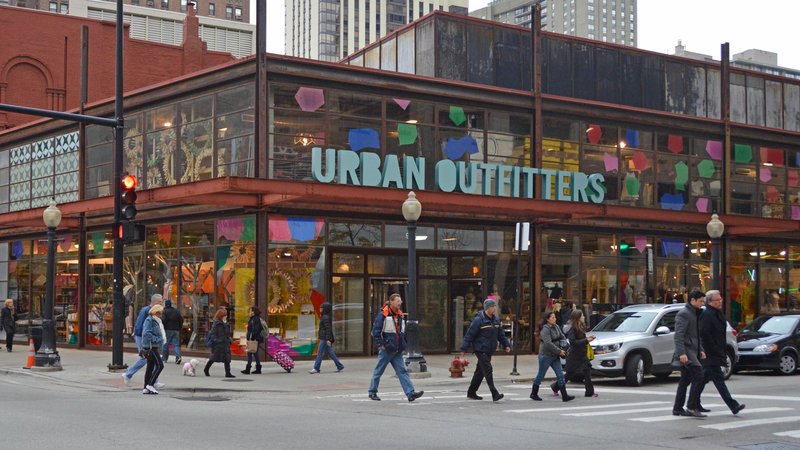
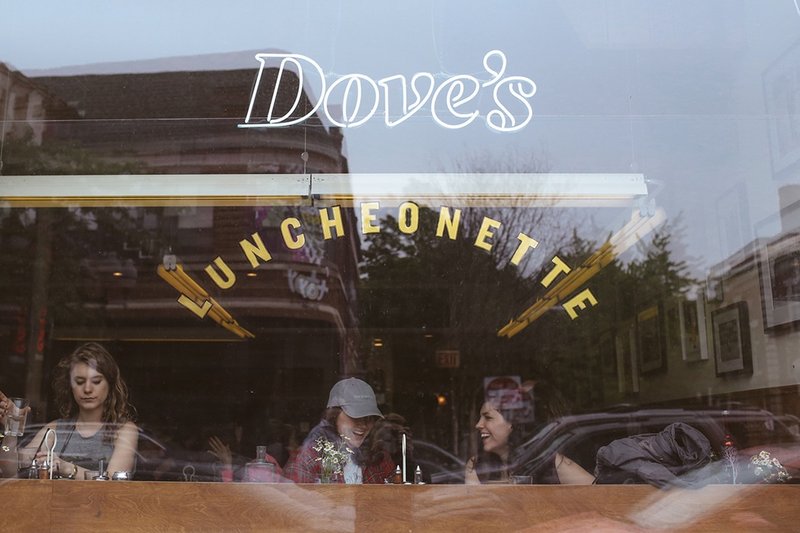
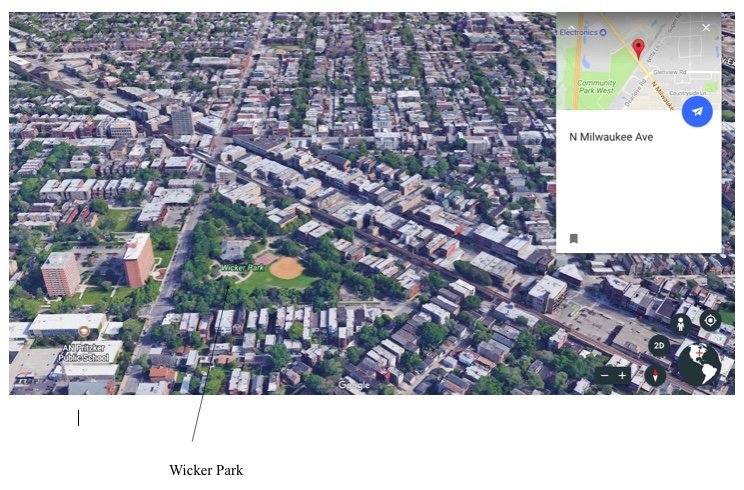
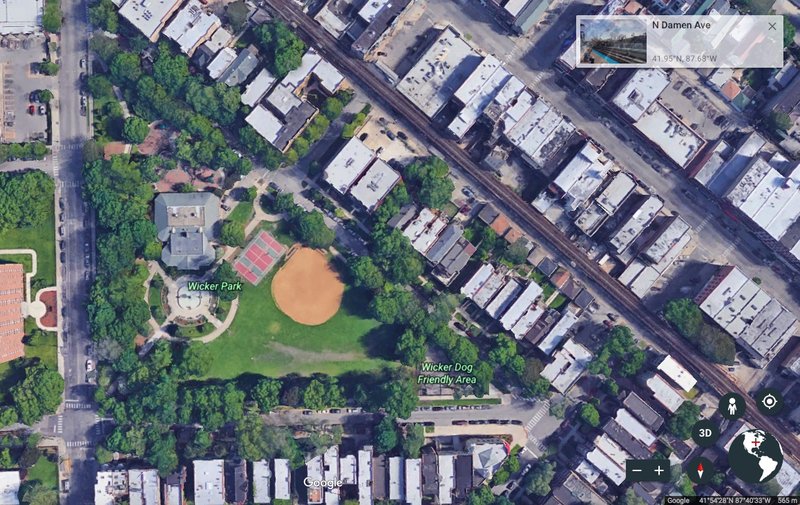
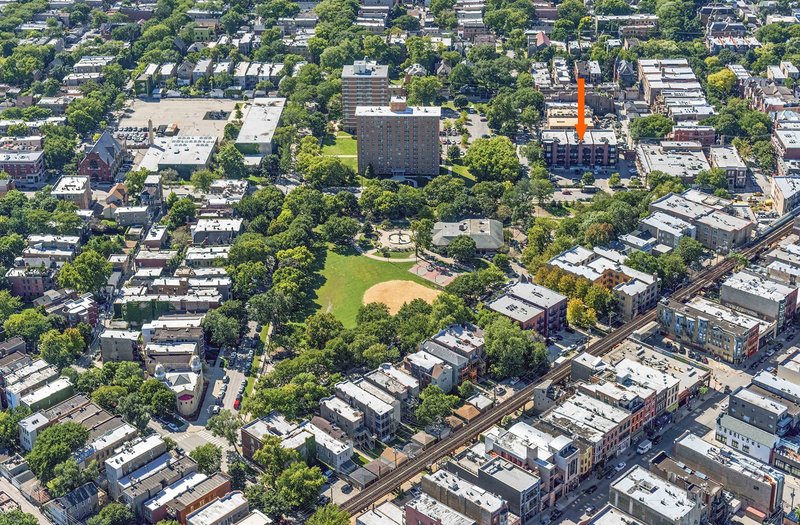
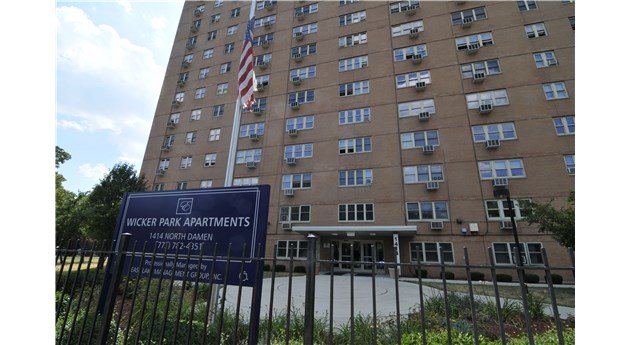

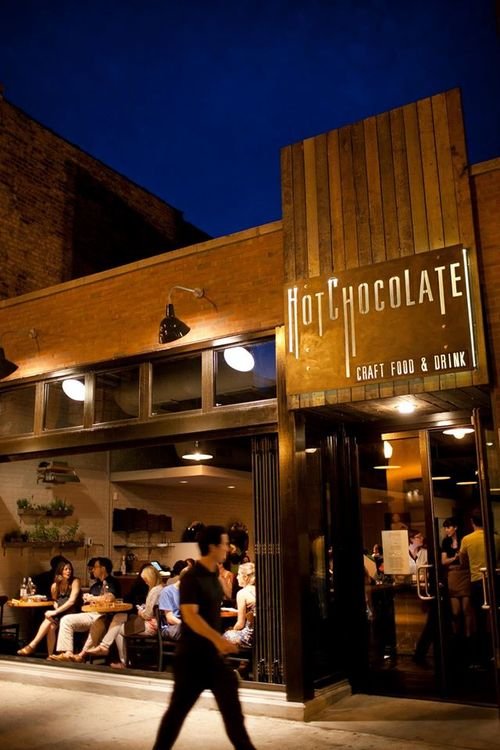

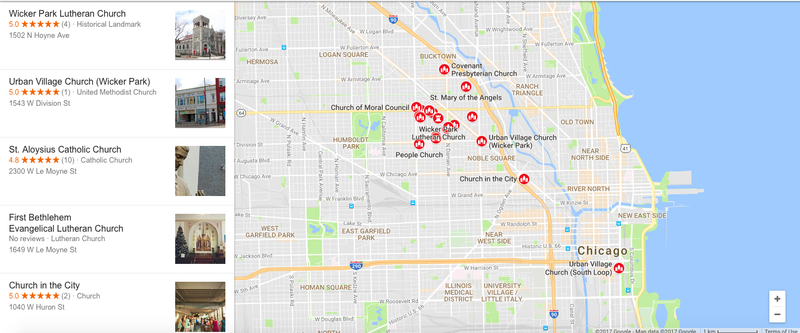
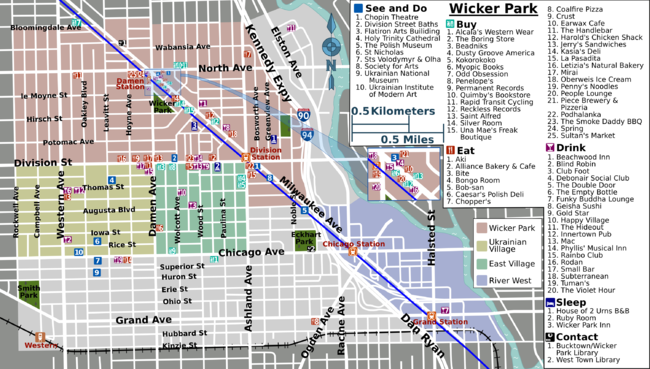
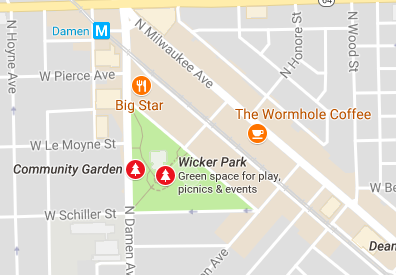
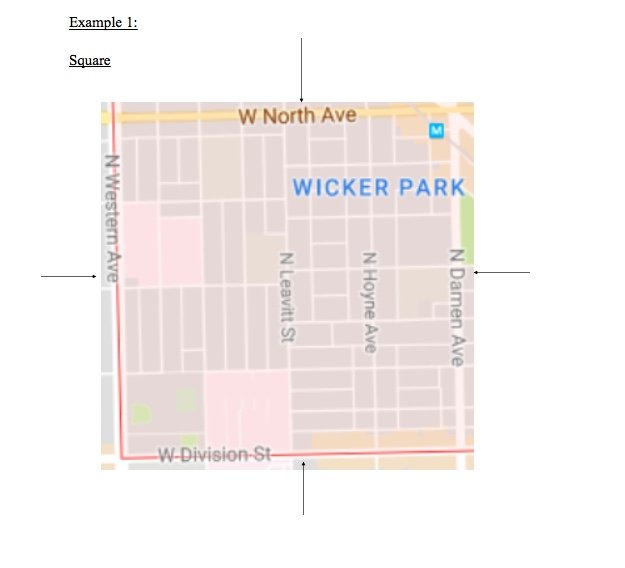
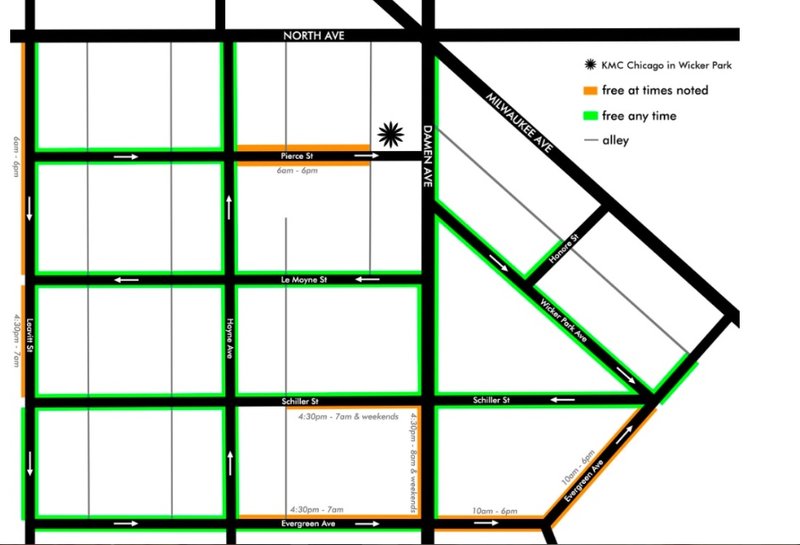


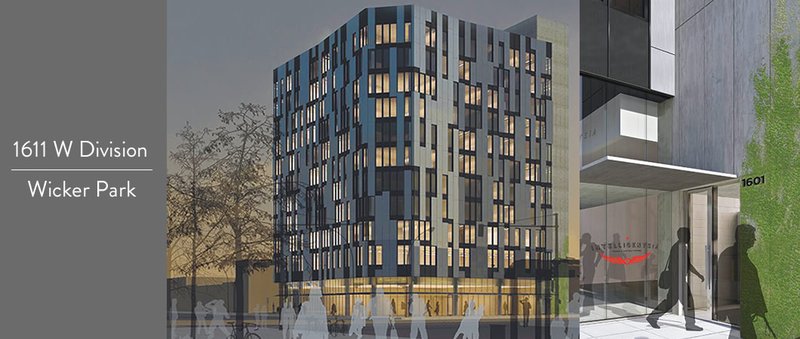

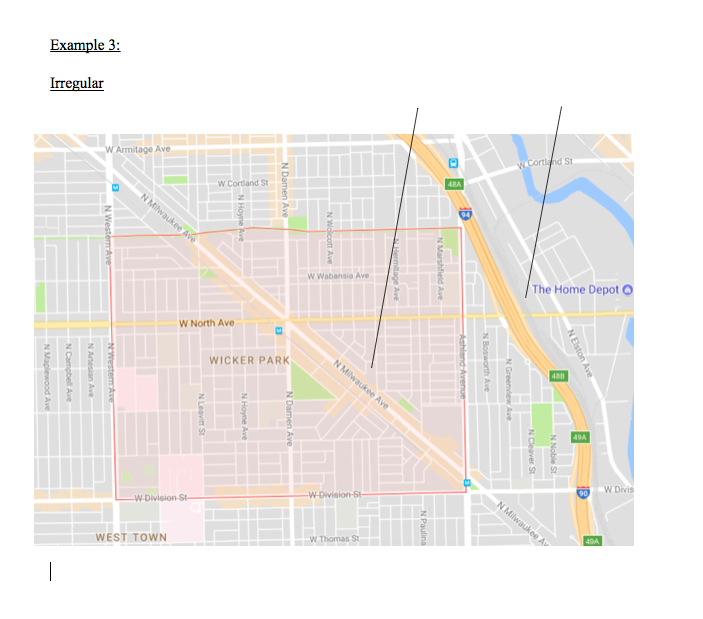


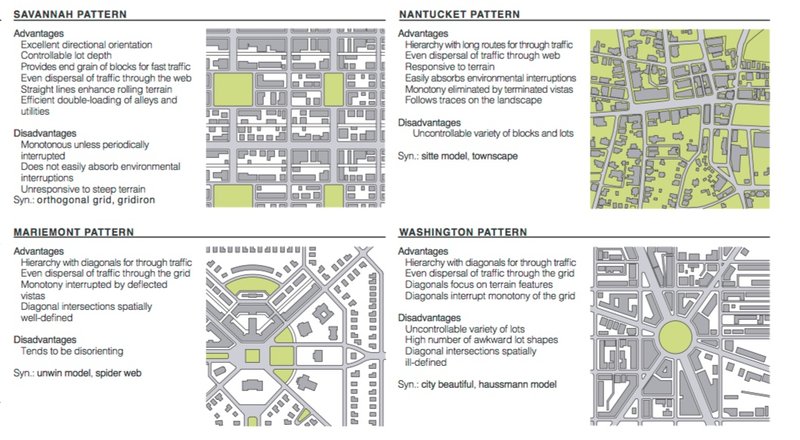
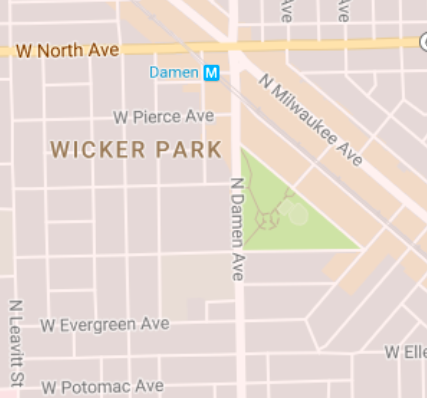

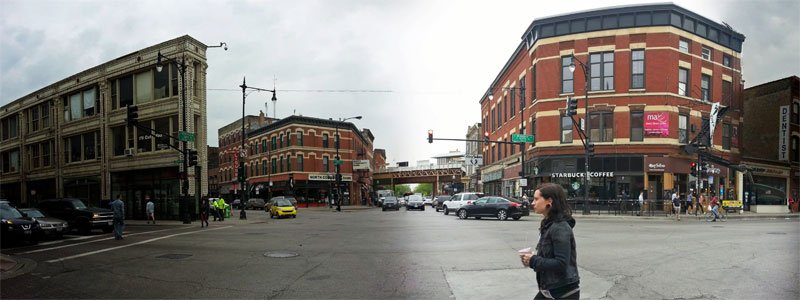
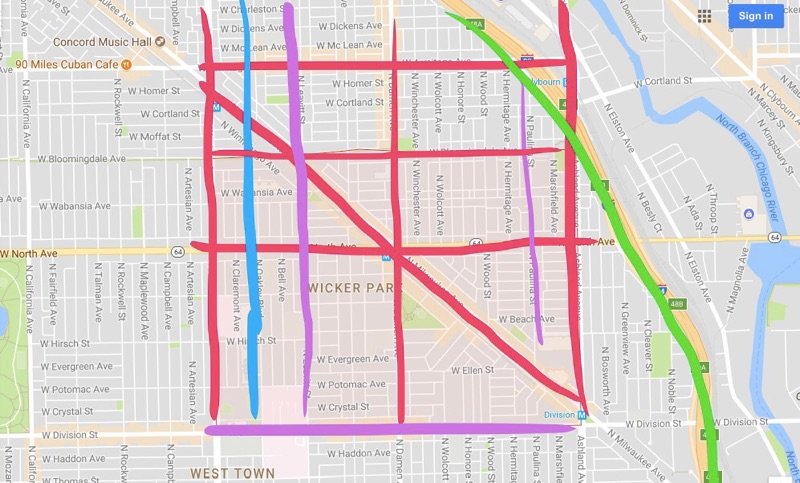
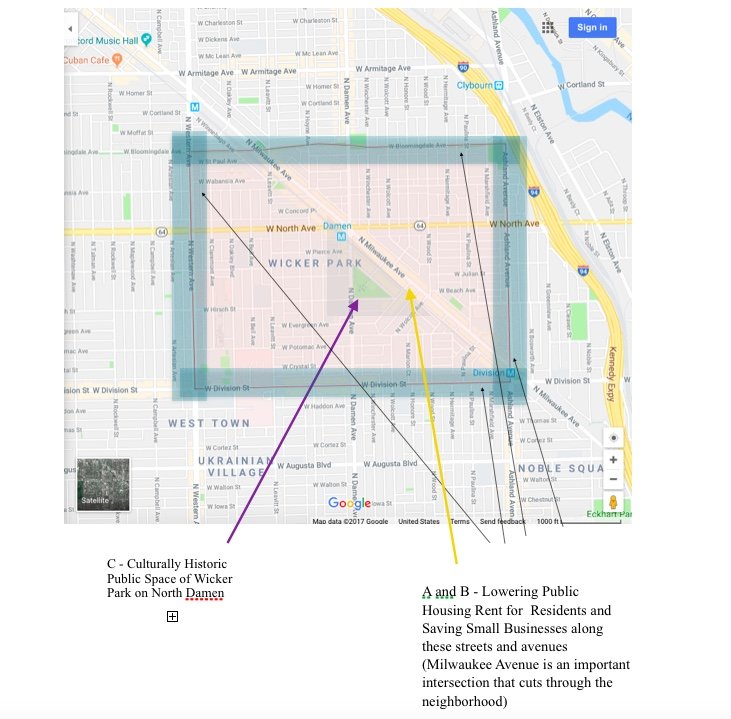
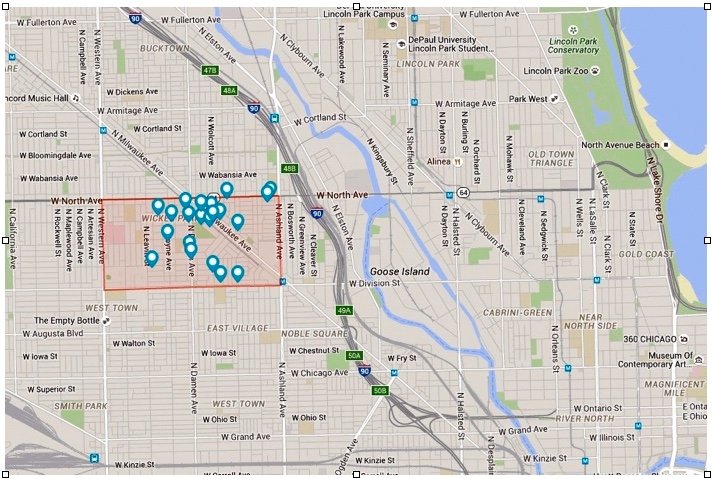
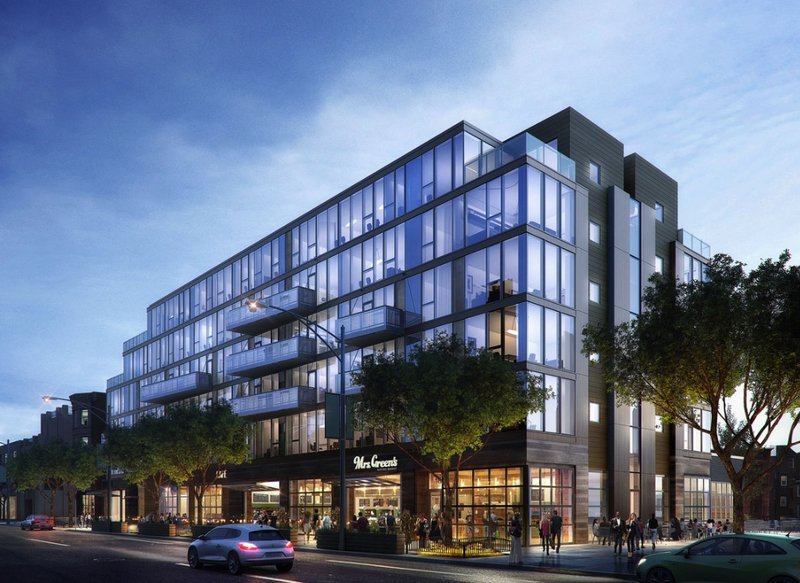

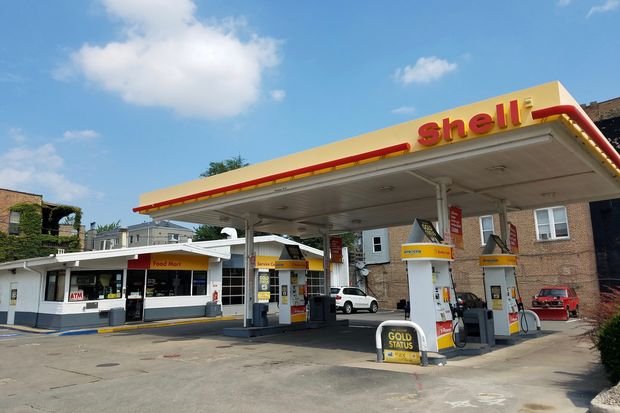
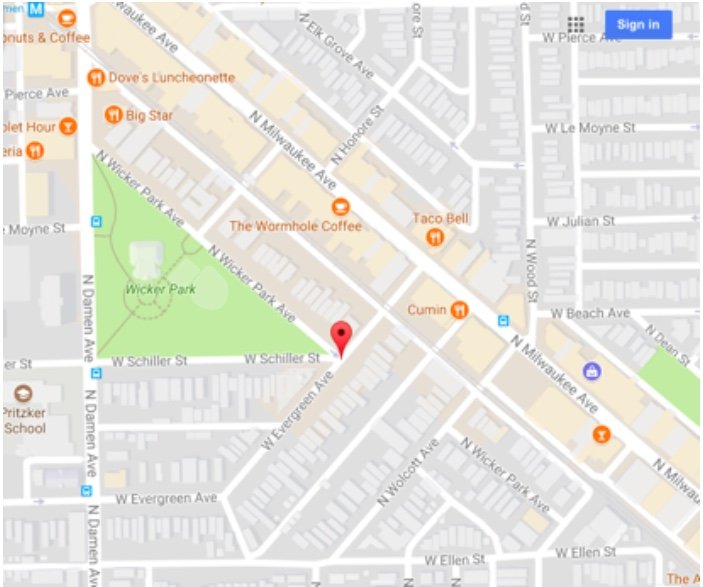

Social Mix
1. Basic Demographic Table of Wicker Park
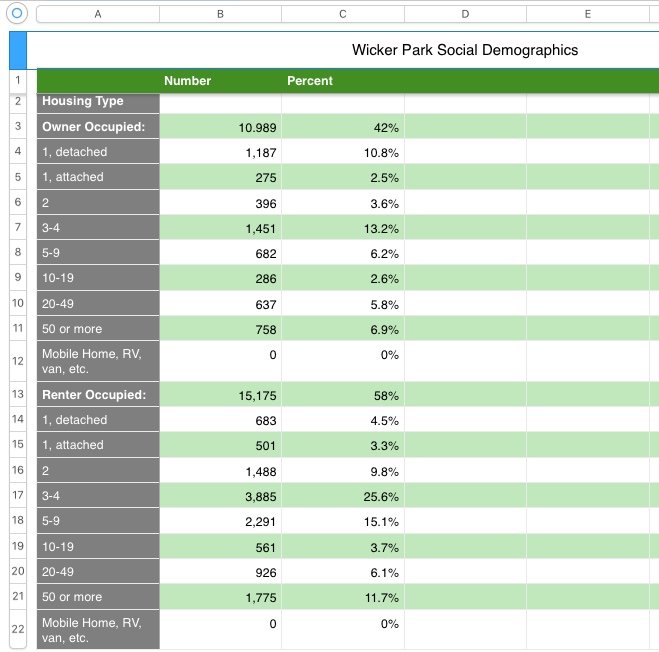
2. Diversity Table for Race, Age, and Education3. Diversity Analysis
After calculating the diversity index for my neighborhood, Wicker Park, I found that when analyzing some variables, Wicker Park is diverse, and in others, it is not. For example, the diversity index of Wicker Park for race and age respectively is 2.19 and 2.57. These numbers indicate that Wicker Park is not very diverse in terms of the races and ages found in the neighborhood. In my opinion, these results were not too surprising, because after visiting the area, I found that it appeared to be stratified heavily towards more white individuals, with few Blacks/African Americans, Asians, Multiracial individuals, etc. Also, Wicker Park seems to be a home to people of all ages, yet I found that it appeared to favor college-aged and middle-aged individuals, and fewer children and elderly. For example, my surroundings including several restaurants, bars, lounges, retail stores, and other institutions were filled with college-aged students, as well as many 30-50 year old’s, with few outliers in terms of very young and very old individuals. However, the diversity index indicated that Wicker Park scored a 4.1 for education. Therefore, Wicker Park is quite diverse when speaking of education, as the levels of education that individuals have acquired varies. With this in mind, though Wicker Park is known for being a “hip” neighborhood that maintains a high level of “cultural” diversity, I would argue that racial and age diversity is lacking and not as varied as the media may capture it to be.